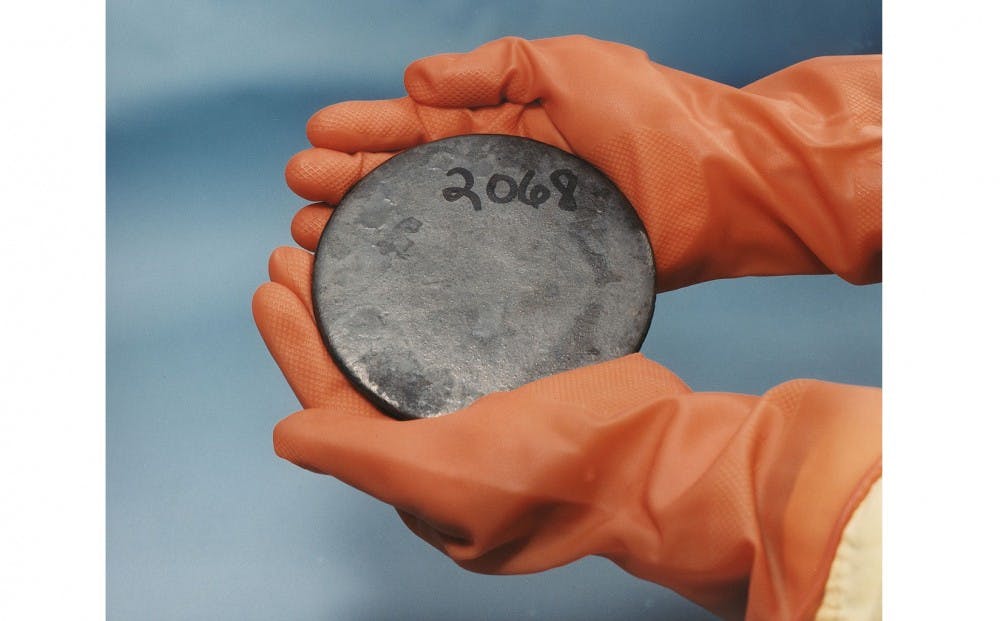Duke researchers mishandled radioactive material, regulators say.
According to a report from the U.S. Nuclear Regulatory Commission, a sample of Uranium-235 was “compromised and assumed to be leaking” during an experiment Feb. 11. The incident was not reported until Feb. 15, at which time North Carolina Radiation Protection Section personnel began conducting an inspection by testing for contamination in the area. Traces of Uranium-235 were found on one physicist’s toilet, the report confirmed, but no other contamination was found and the toilet seat was promptly decontaminated.
“Given the lapse of when the source was compromised and when Duke Radiation Safety Office was notified, it is apparent that established Duke SOPs were not followed,” the report said.
Jim Jones from the Office of Communications for N.C. Department of Health and Human Services wrote in a statement that the radioactive material leaked from a sealed capsule in the Duke Free Electron Laser Laboratory.
The capsule was a postage stamp-sized wafer containing 1.5 grams of Uranium 235, he noted.
"The sealed nature of the capsule became compromised when a researcher tried to introduce it into the experimental apparatus," Jones wrote.
Researchers who may have been exposed received lung scans, all of which came back negative. No members of the public were harmed, the report noted.
“At this time, it is believed that contamination due to the leaking source has been contained and no members of the public have received radiation exposures,” the report reads.
Jones explained that radiation and health experts—including a team from the Division of Public Health, Occupational and Environmental Epidemiology Branch—are investigating the incident and will determine any "corrective actions of modifications" that Duke will need to take.
Purified versions of Uranium-235 can be used in nuclear weapons. The sample originated from Los Alamos National Laboratory and was lent to the University for research purposes.
Editor's note: This article was updated at 2:30 p.m. to include information from Jones.
Get The Chronicle straight to your inbox
Signup for our weekly newsletter. Cancel at any time.

